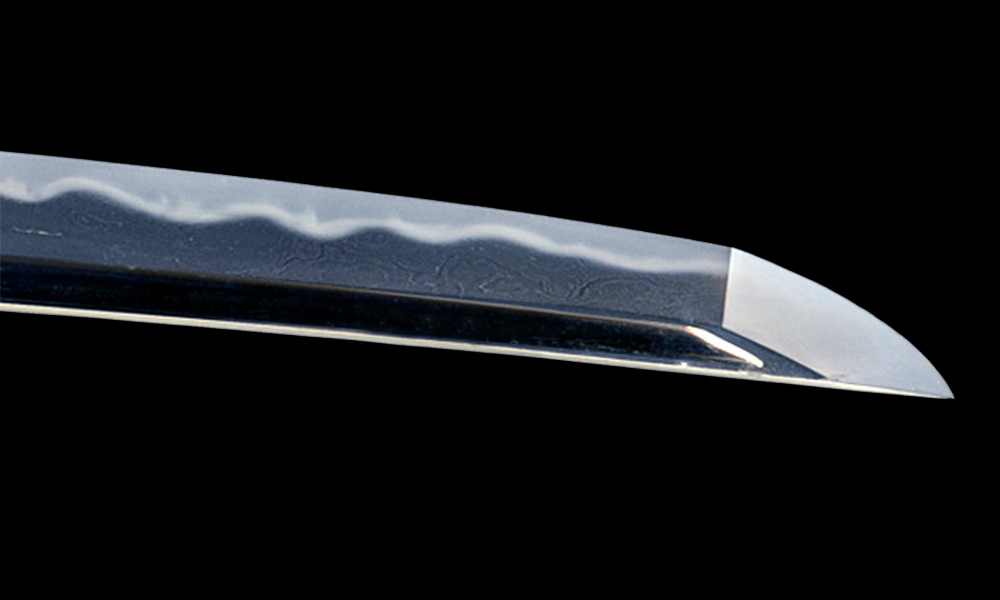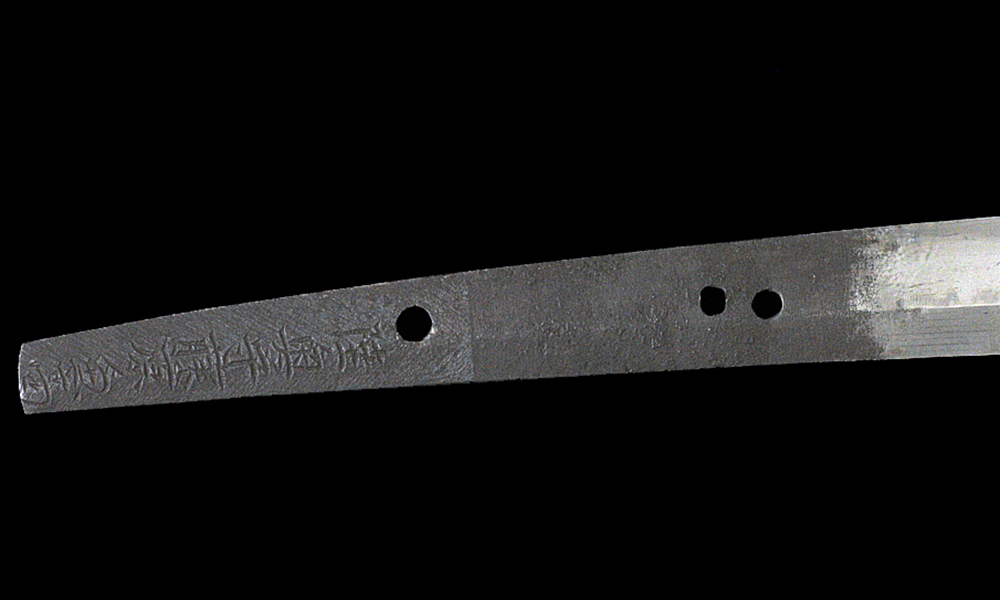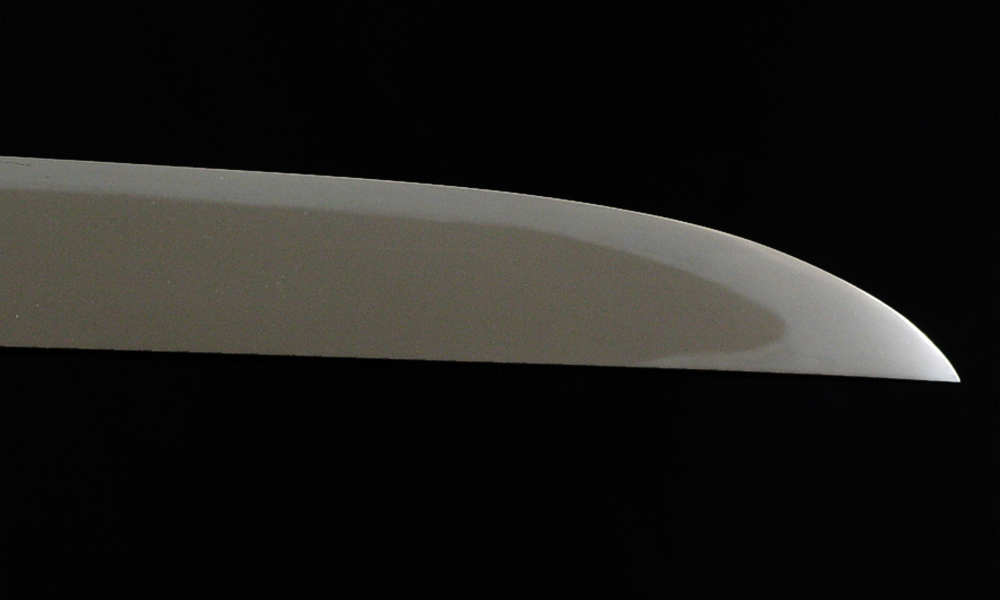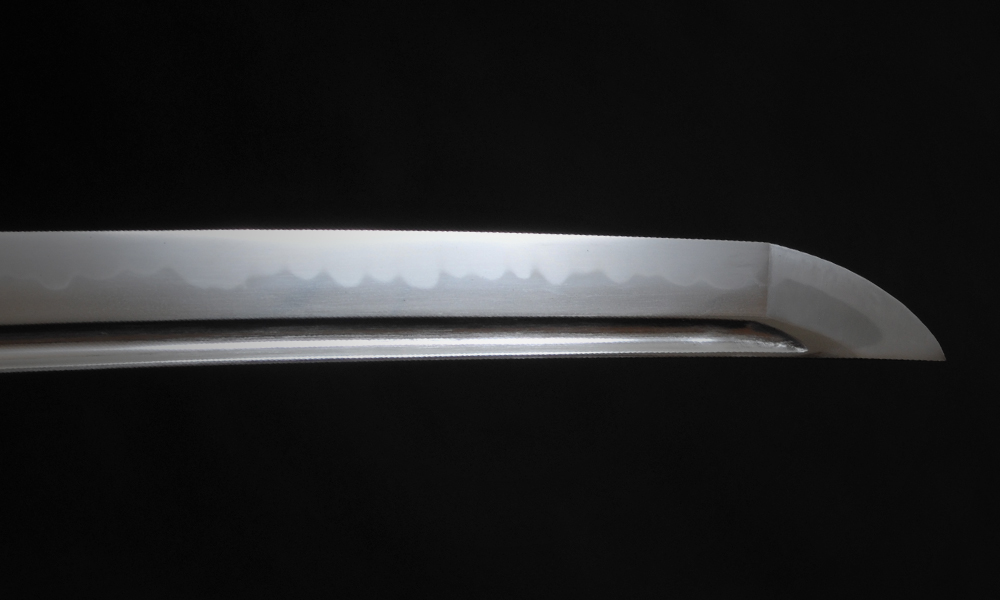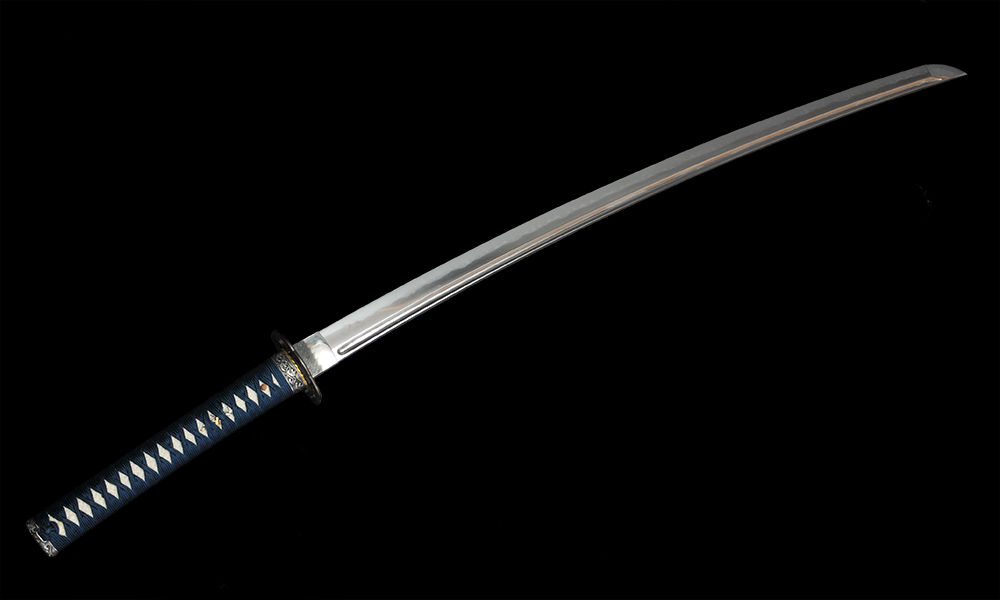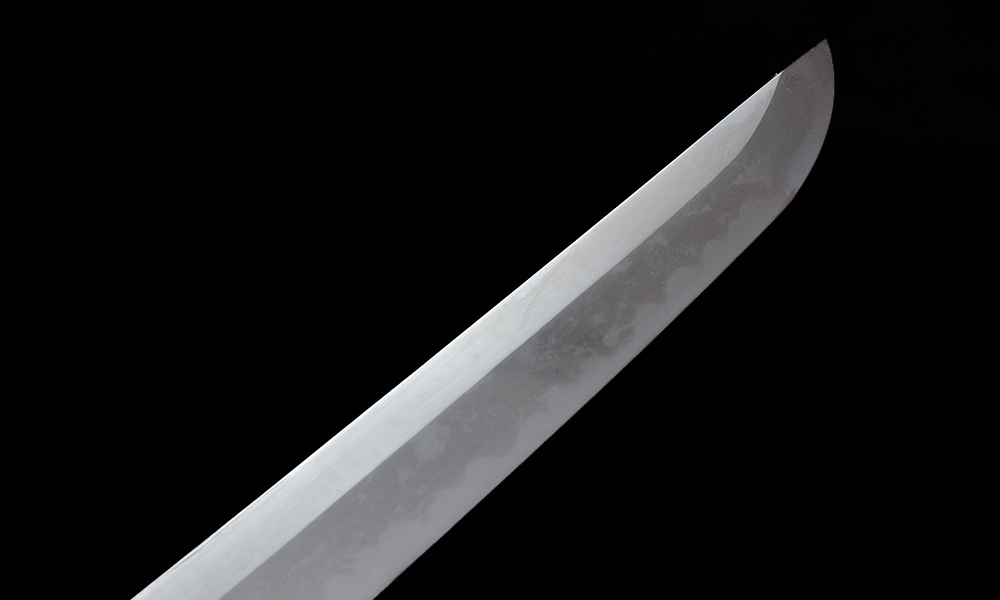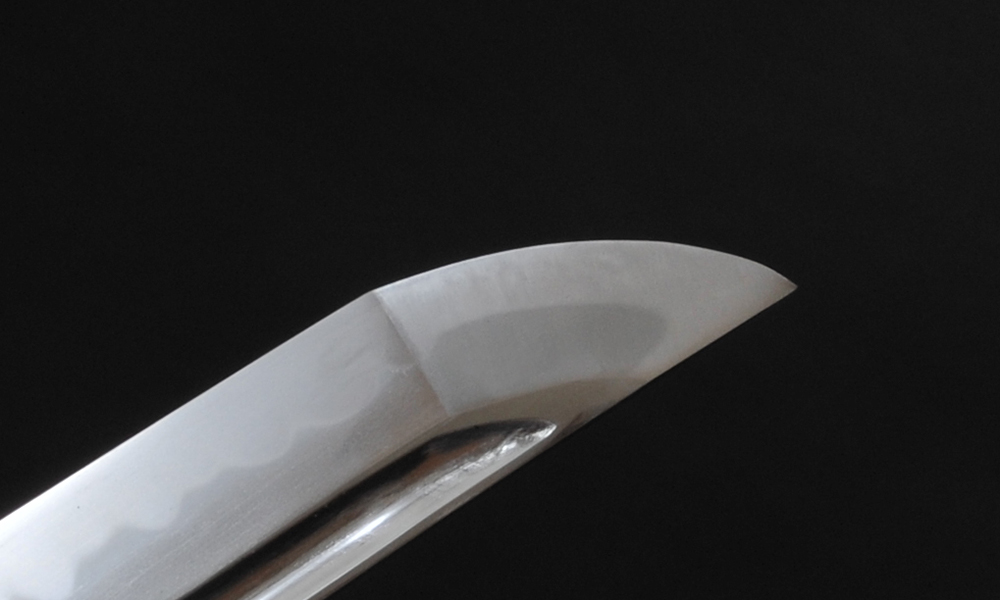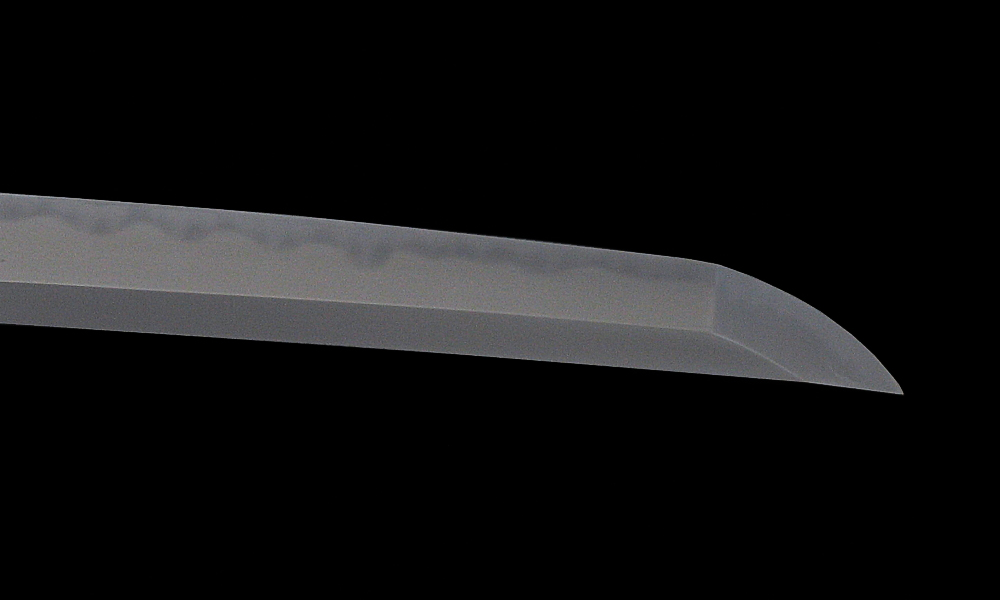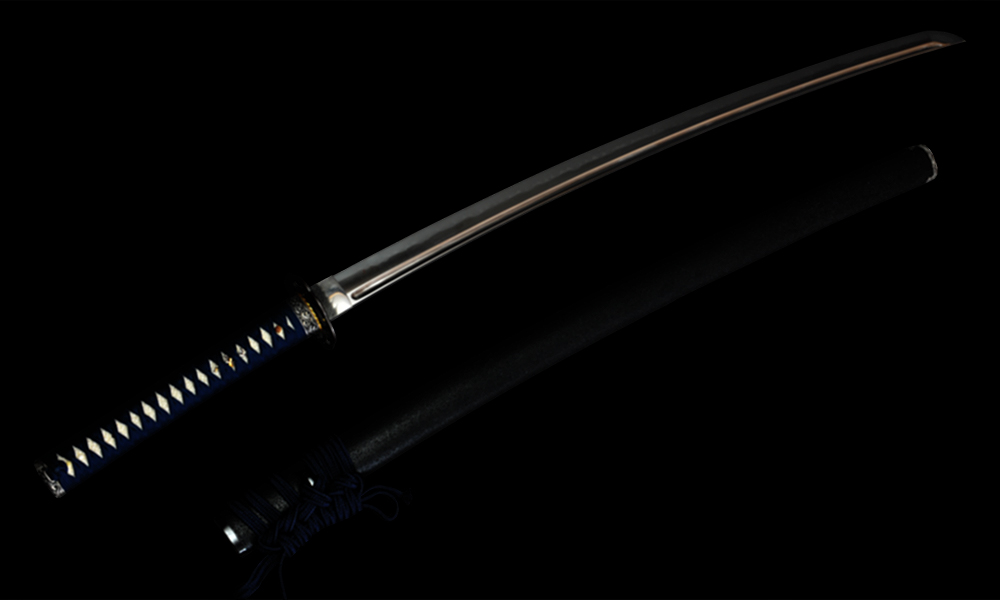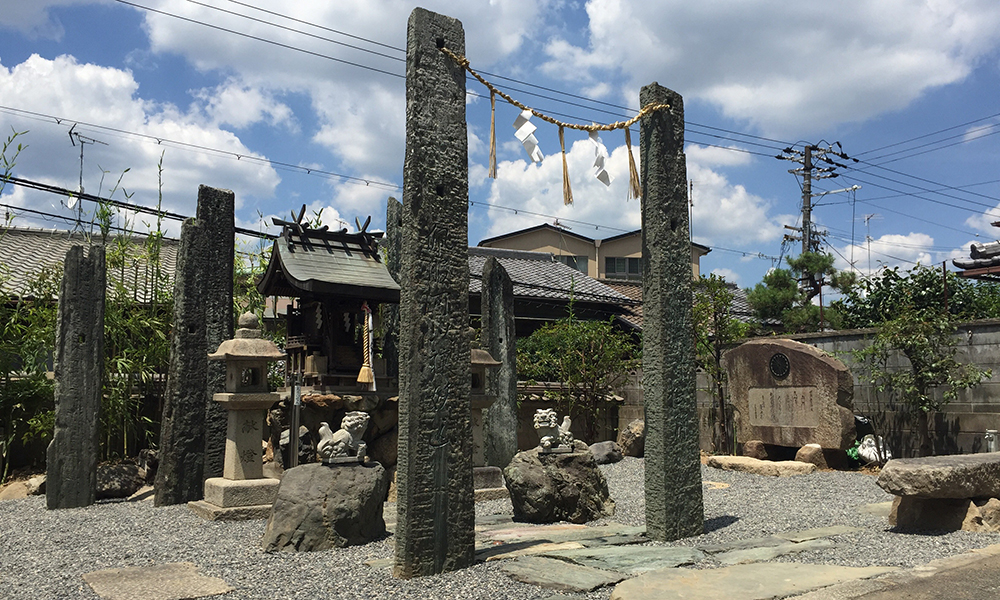Bohi – grooves in Japanese swords
The ‘hi’ is the Japanese name for the groove (also known as a fuller) that runs up the length of the blade. Its original purpose was to make the sword lighter and more resistant to bending. As time went on, decorative factors as well as practical ones were added as Read More


